BASF is investing in the construction of a production plant for specialty zeolites, significantly increasing production capacity for specialty zeolites.


BASF is investing in the construction of a production plant for specialty zeolites, significantly increasing production capacity for specialty zeolites.

Enzymatic etching used to build nano- and microscale surface topologies.
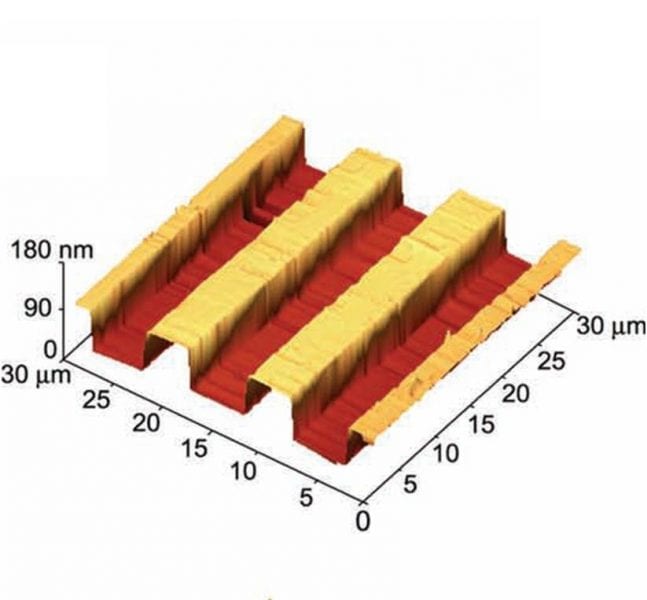
The emission of polymer distributed feedback lasers can be tuned by integrating nonlinear optical organic molecules.
North Carolina State University enters into agreement with Eastman Chemical Company to conduct joint cutting-edge research in materials science.
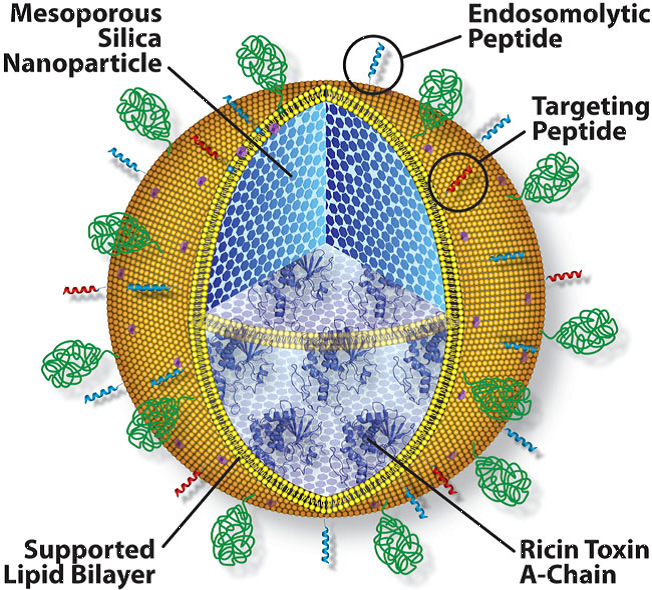
A new hybrid nanoarchitecture has been developed to allow the use of protein toxins such as ricin in cancer treatment.

The combination of high-capacity reusable adsorbents and high-surface-area polyethylene fibers creates a material that can rapidly, selectively and economically extract valuable and precious dissolved metals from water.
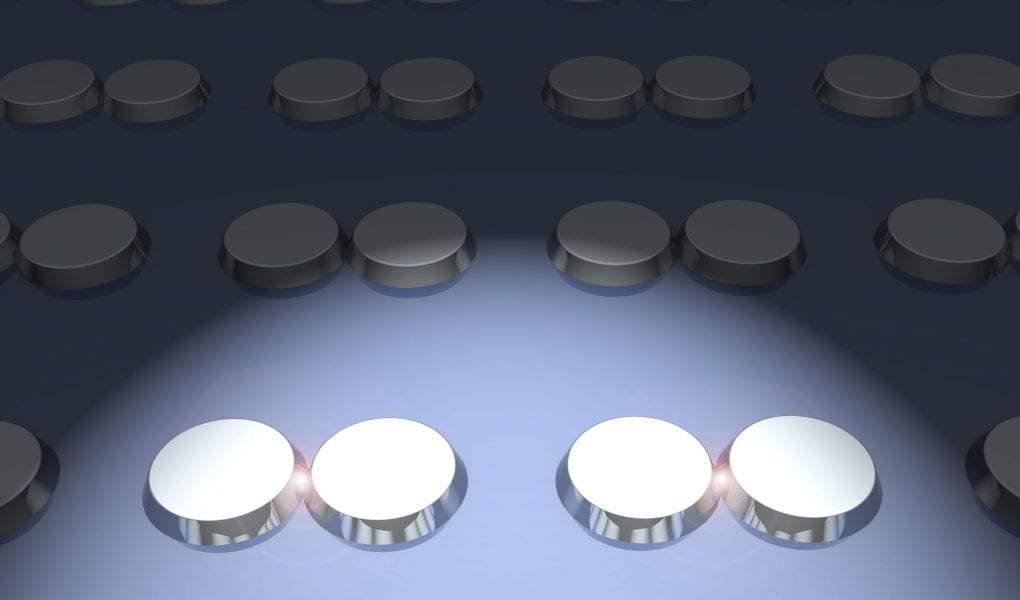
The plasmonic behavior of touching semiconductor disks shows a highly efficient broadband response in the terahertz regime as predicted by theoretical studies.

A successful performance test at a Chinese steelmaker has proven the economy efficiency of the alternative Corex technology for the production of hot metal
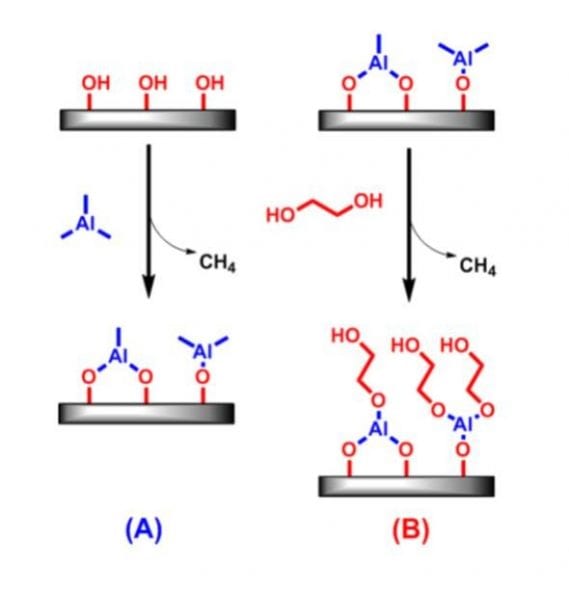
As the applications of nanotechnology grow more sophisticated, the controlled deposition of exceedingly thin layers of materials becomes of ever growing importance. A well-known technique called atomic layer deposition (ALD) can meet this challenge quite well for the...
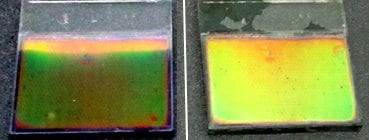
Researchers report the first example of an electrochromic Bragg mirror based on nanoporous multilayers of nickel oxide and tungsten trioxide nanoparticles.